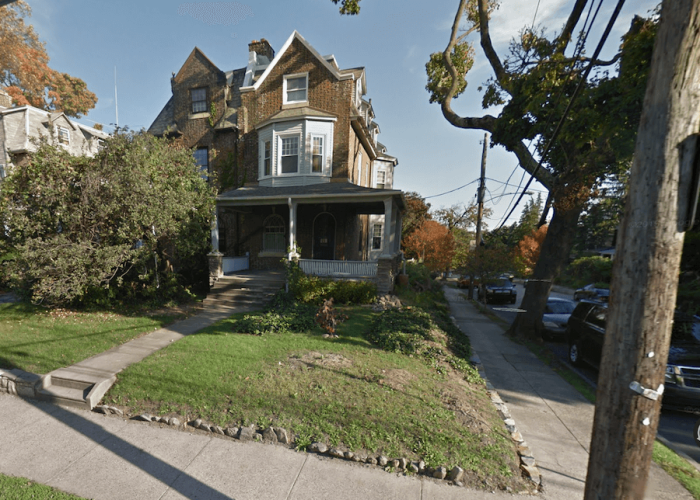Few things are more universally reviled than the simple pothole, a hazard and annoyance that are so common as to be every day and mostly unnoticeable — until you hit one.
Take the case of John Tyszka, a suburban accountant, who in two years has spent nearly $1,000 on bent wheels and damaged tires.
His last tangle with a pothole, which the pothole won, came on a street near his Jenkintown home about three weeks ago, but the pain didn’t begin right away. He drove the car to the local SEPTA station the next morning, parked it, and when he returned that night in the 20-degree chill the tire was flat.
He had to change the damaged tire, and then pay for another tire as well as a repair to the wheel rim.
That followed a mishap last year when a Schuylkill Expressway canyon cracked a wheel rim and ruined a tire.
“It feels like they should be more properly maintained,” Tyszka said in a comment on roads that could be echoed by thousands.
In fact, AAA Mid-Atlantic can count the ways.
“So far this March, AAA Mid-Atlantic has rescued over 9,000 motorists with flat tires in the Philadelphia five county area, up 51 percent over the same period last year, a strong indicator that this pothole season has been much worse than last season,” said Jana L. Tidwell, manager of public and government affairs for AAA.
Why can’t we make roads that would not be so prone to potholes?
Years ago, I posed that question to an expert in another city.
He said we could build them to last longer, but we wouldn’t want to pay for them.
Rebecca S. McDaniel, a professor at Purdue who knows her potholes, chuckled a bit when she heard that anecdote.
“I think that’s still true,” said McDaniel, who is the technical director of the North Central Superpave Center at Purdue, in West Lafayette, Ind.
Experts nationwide – or at least in the states that have a real winter – have for decades been blaming the old freeze-thaw cycle for potholes.
Cracks begin in the surface, be it asphalt or concrete, and water seeps in. When water freezes it expands, and –voila! – a pothole is born.
Actually, it can get worse than that, says our favorite pothole professor.
The water can seep through that surface crack and go through the pavement into the soil below.
“Wet soil isn’t as strong as dry soil, so the pavement kind of loses support,” she says.
You might want to know that the better the aggregate in asphalt and concrete, the better the chance that things will go more smoothly.
Some aggregate, which is a fancy name for stones, is resistant to moisture, and some isn’t. Some are more resistant to cracking than others.
Some places can afford the high-price spread and some can’t. McDaniel guesstimates that depending on the road condition, it may double the cost.
Which brings us back to this: We could build them better, but we might not want to pay for them.
































